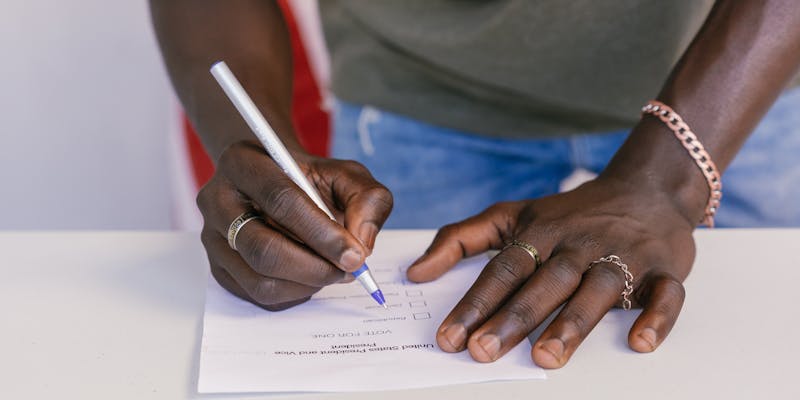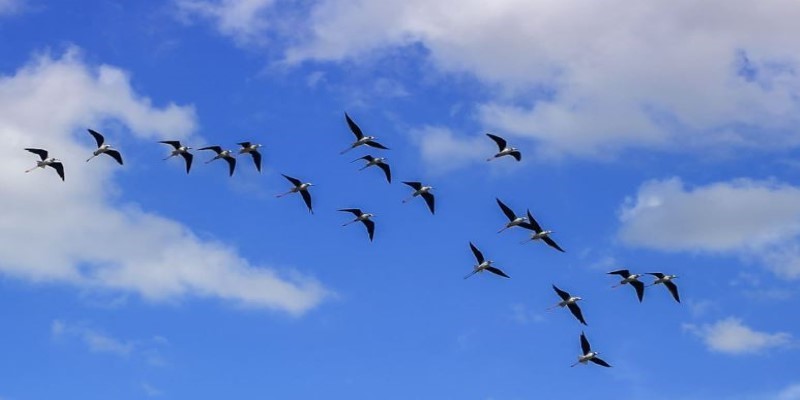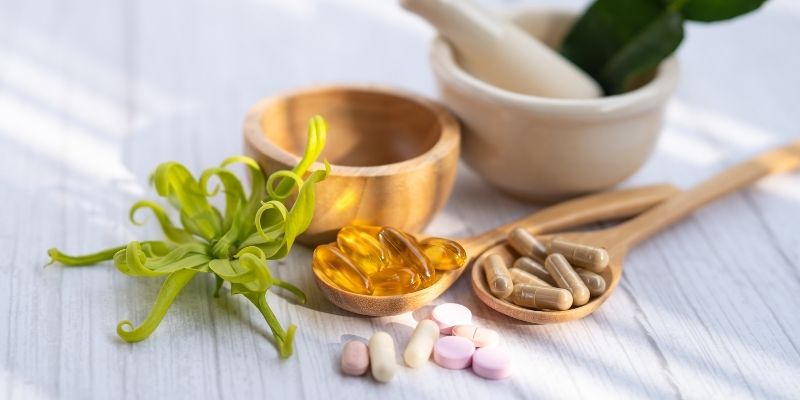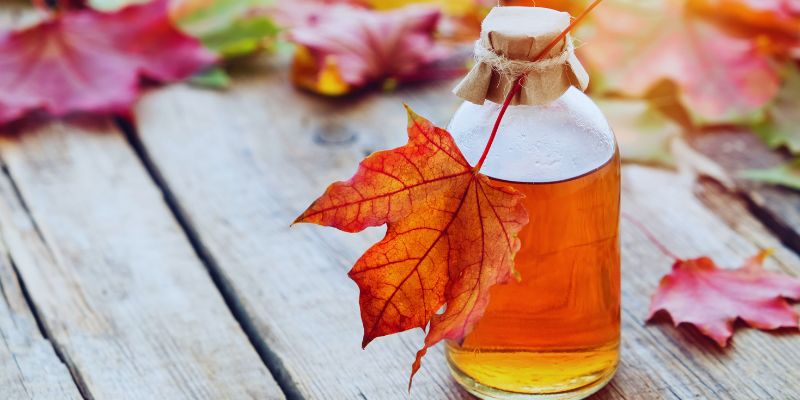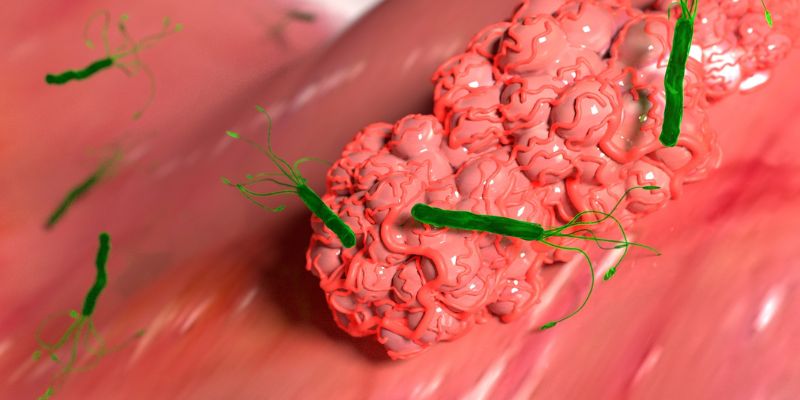Effective Ways To Treat A Wasp Sting: Expert Advice for Quick Relief
Wasps are flying insects in the Hymenoptera order. Unlike bees, they can sting multiple times without losing their stinger. Their stings inject venom into the skin and can trigger symptoms like irritation, redness, swelling, and temporary pain for most people.
Remember that wasp stings are not only painful but can also cause nausea or even severe allergic reactions. But the good part is that you can easily treat them at home with an ice pack or a cold compress, and they don't lead to life-threatening conditions. And, if you want to know about the effective remedies to treat wasp stings, keep reading!
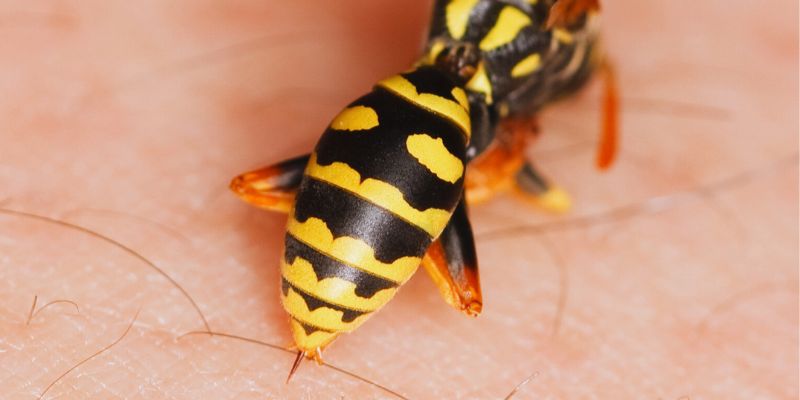
What Are Symptoms of Wasp Sting?
Most people not allergic to wasp stings will only have mild reactions. For instance, they can initially feel a sharp pain in the affected area, burning at the sting site, swelling of a specific area, discoloration, or itching. Besides that, the other symptoms one can witness in case of a wasp bite have been mentioned below:
- Symptoms For Normal Reactions: After a wasp sting, you will notice a swollen, raised bump on your skin. In the center of the bump, there might be a small, dark spot where the wasp's stinger pierced your skin. The area will feel sore, itchy, or slightly warm. The pain and swelling often go away within an hour or two.
- Symptoms For Large Local Reactions: Some people experience stronger and more intense reactions to wasp stings, known as large local reactions. These symptoms are more intense than a normal sting but are not dangerous or life-threatening. Unlike severe allergic reactions that can cause breathing problems, these reactions mainly affect the area around the sting. If you have a large local reaction, you will notice that the swelling and redness continue to worsen for 2 to 3 days. The area will become very puffy, warm, and sore. Some people can also feel sick, experience nausea, or even vomit.

How to Treat a Wasp Sting?
You can treat it at home if you experience a mild or moderate reaction to a wasp sting. Here are some quick actions you can take immediately, and they will help to reduce pain, swelling, and the risk of infection:
- Clean The Sting Area: Gently wash the affected spot with soap and water to remove any venom and prevent infection. Pat it dry with a clean towel.
- Apply A Cold Pack: Wrap an ice pack or a cold compress in a cloth and place it on the sting site for 10–15 minutes. It will help reduce swelling, pain, and redness.
- Keep It Clean And Dry: Avoid scratching the area, as this can introduce bacteria and lead to an infection. Apply an antiseptic ointment if needed.
- Cover With A Bandage: If the sting is in an area prone to irritation, like on your hand or foot. You should cover it with a clean bandage to protect it from dirt and further irritation.
Severe Reactions To Wasp Stings
Severe allergic reactions to wasp stings are usually serious and need immediate medical help. Around 0.8% of children and 3% of adults have allergies to insect stings, which can lead to dangerous symptoms. If you already know you are allergic to wasp stings, it is best to see the doctor as soon as you notice any symptoms. Doctors will use the following treatments for severe allergic reactions:
- More epinephrine to help calm the body's immune response
- CPR (cardiopulmonary resuscitation) if breathing stops temporarily
- Oxygen, steroids, or other medicines to help with breathing and reduce swelling
Tips to Treat a Wasp Sting at Home
Here are some simple but helpful tips that you can follow to treat wasp stings at home and relieve the discomfort:
- Anti-Itch Creams: Hydrocortisone cream or calamine lotion can reduce itching and skin irritation if the sting area becomes bothersome.
- Baking Soda Or Oatmeal Baths: Soaking in a bath with baking soda or colloidal oatmeal can help soothe irritated skin. These ingredients are also available in medicated skin creams for direct application.
- Pain Relievers: Over-the-counter medications like ibuprofen can help ease swelling and pain caused by the sting.
- Antihistamines like diphenhydramine or chlorpheniramine can help reduce itching and allergic reactions.
These remedies help you feel more comfortable while your body heals from the sting. However, if symptoms worsen or don't improve, see the doctor immediately.
How to Prevent Wasp Stings?
Wasp stings can be painful and sometimes dangerous, especially for those with allergies. Here are some simple but effective ways to avoid getting stung:
Avoid Attracting Wasps: People should be careful with food and drinks. Wasps are attracted to sweet foods and sugary drinks. When eating outside, keep soda cans, juice, and fruit covered.
Dispose of Garbage Properly: Proper garbage disposal is important, especially food waste, which can attract wasps. Make sure trash cans have tight lids and are cleaned regularly.
Use Unscented Products: According to the reports, perfumes, lotions, and scented hair sprays can attract wasps. If you are going outdoors, try using unscented products.
Wear Protective Clothing: If you are in an area where wasps are common, wear long sleeves, pants, and closed-toe shoes. Avoid bright colors. Wasps are drawn to bright-colored clothing. Wearing neutral colors like white, beige, or gray can make you less noticeable to them.
Conclusion:
Wasp stings can be painful, but most people recover quickly without complications with the right treatment. However, if symptoms worsen or someone has a known wasp allergy, it is important to see a doctor immediately. You should take precautions to protect yourself and others from wasp stings. Avoiding some products, keeping food covered outdoors, and wearing protective clothing greatly help.

